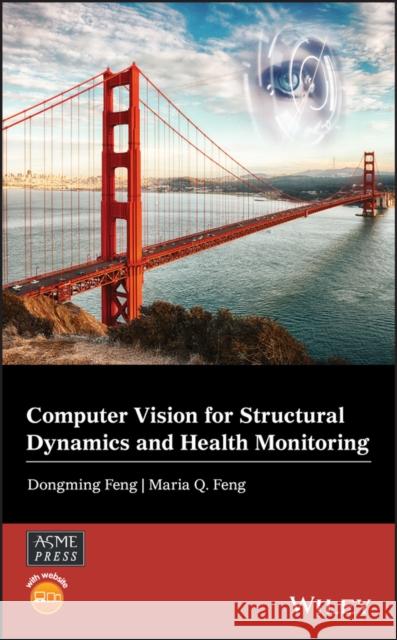Computer Vision for Structural Dynamics and Health Monitoring » książka
topmenu
Computer Vision for Structural Dynamics and Health Monitoring
ISBN-13: 9781119566588 / Angielski / Twarda / 2021 / 256 str.
Kategorie:
Kategorie BISAC:
Wydawca:
Wiley-Asme Press Series
Seria wydawnicza:
Język:
Angielski
ISBN-13:
9781119566588
Rok wydania:
2021
Numer serii:
000792372
Ilość stron:
256
Waga:
0.50 kg
Wymiary:
23.11 x 15.24 x 2.03
Oprawa:
Twarda
Wolumenów:
01
Dodatkowe informacje:
Bibliografia











